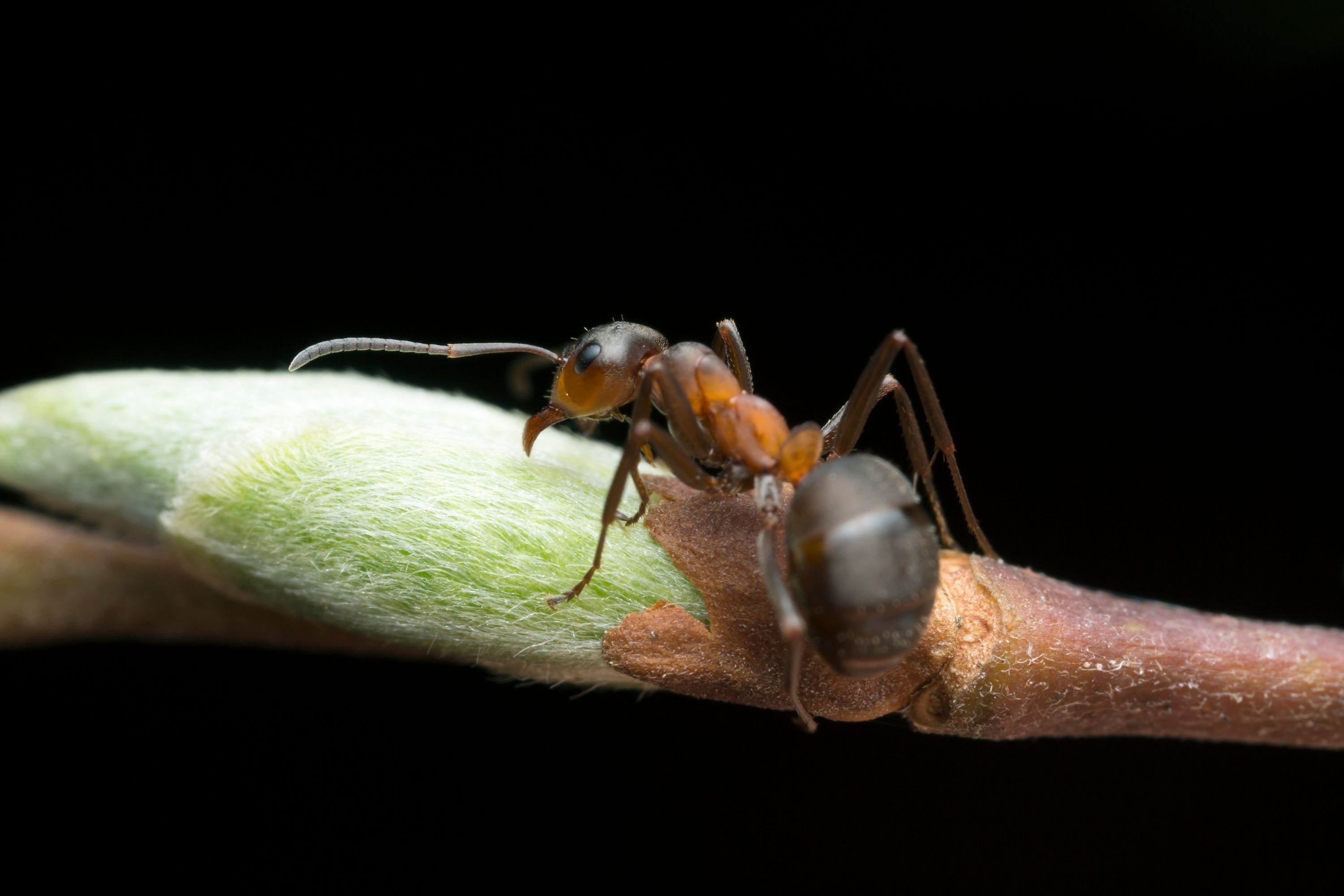Formica integra
(Formica integra)

Description
Formica integra is a species of ant in the family Formicidae. Formica is a genus of ants of the family Formicidae, commonly known as wood ants, mound ants, thatching ants, and field ants. Formica is the type genus of the Formicidae, and of the subfamily Formicinae. The type species of genus Formica is the European red wood ant Formica rufa. Ants of this genus tend to be between 4 and 8 mm long. As the name wood ant implies, many Formica species live in wooded areas where no shortage of material exists with which they can thatch their mounds (often called anthills). One shade-tolerant species is F. lugubris. However, sunlight is important to most Formica species, and colonies rarely survive for any considerable period in deeply shaded, dense woodland. The majority of species, especially outside the F. rufa species group, are inhabitants of more open woodlands or treeless grassland or shrubland. In North America, at least, these habitats had a long history of frequent landscape-scale fires that kept them open before European settlement. Conversion to agriculture and fire suppression have reduced the abundance of most American Formica species, while the cessation of traditional haycutting seems to have had the same effect in Europe. However, at least a few Formica species may be found in a wide range of habitats from cities to seasides to grasslands to swamps to forests of the temperate Northern Hemisphere. In more suburban landscapes, they tend to nest near structures such as sidewalks, fences, or building foundations. Mound-building, forest-dwelling Formica spp. such as F. rufa often have a considerable effect on their environments. They maintain large populations of aphids on the secretions of which they feed, and which the ants defend from other predators. They also prey on other insects. In fact, in many countries, they are introduced in forests to control tree pests, such as swains jack pine sawfly and eastern tent caterpillars in North America. The effects of mound-building grassland species such as F. montana are not well-studied, but their local abundance, conspicuous mound-building, and very frequent association with aphids and membracids point to a comparably important ecological role. Formica nests are of many different types from simple shaft-and-chamber excavations in soil with a small crater or turret of soil above to large mounds, under stones or logs, or in stumps. None is arboreal.
Taxonomic tree:







